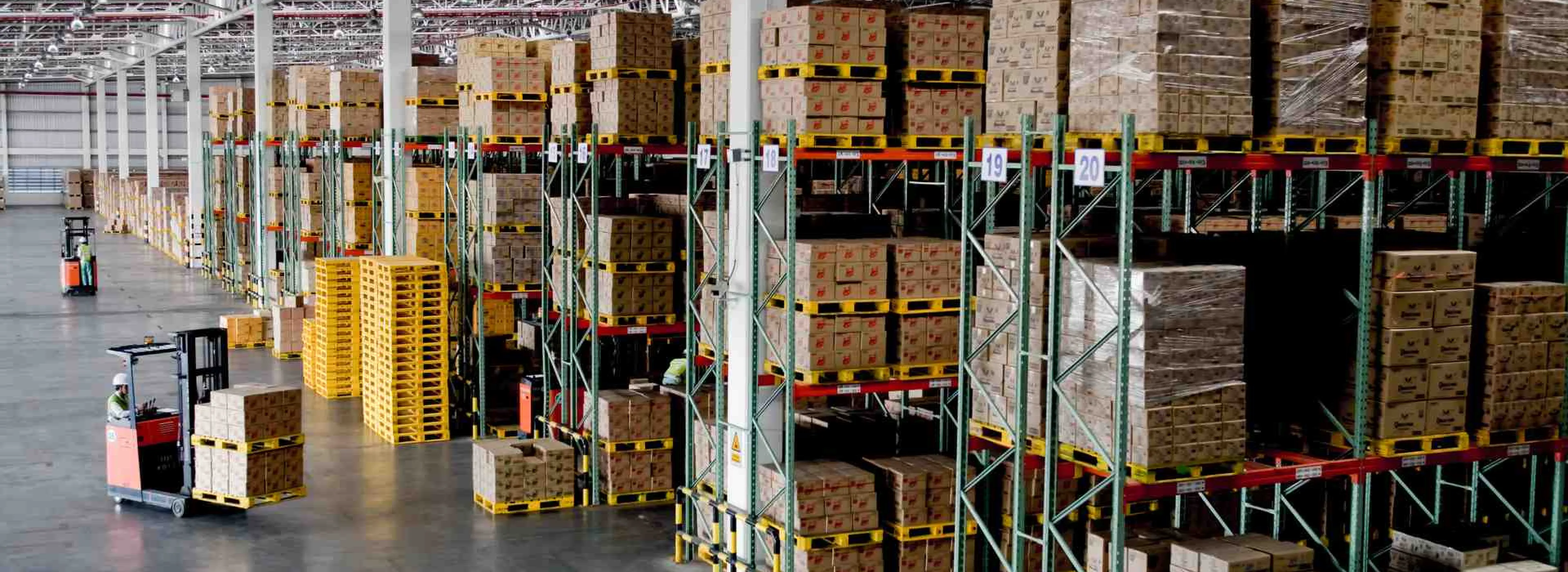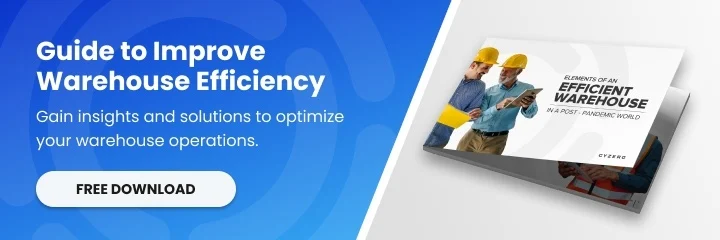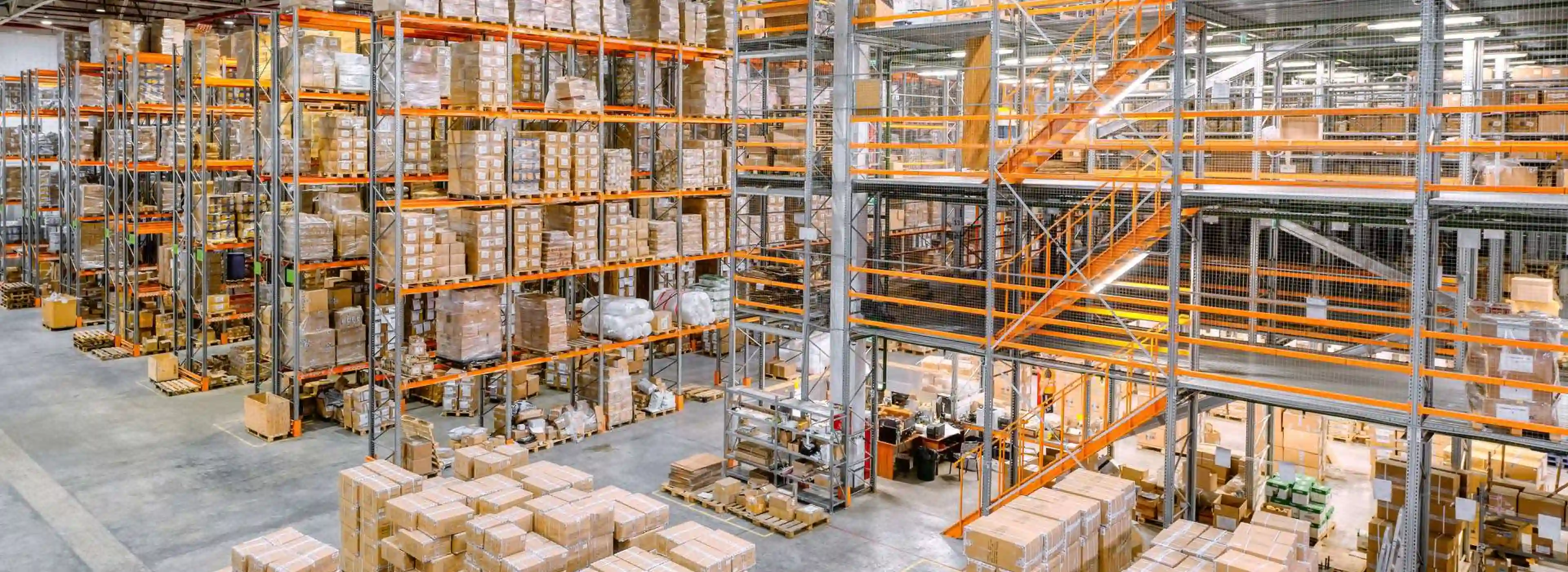In the first part of our guide to all types of warehouses, we highlighted the reasons behind the need for various types of warehouses, their purposes, and their benefits.
Click Here: Improve Your Warehouse Efficiency With This Advanced and Affordable WMS
In this second part, we will explore more types of warehouses, particularly the ones that have emerged from the recent demand for more complex warehousing services.
The Emergence of More Types of Warehouses
Growing E-commerce Market
The growth of e-commerce is fueling the demand for specialized and advanced facilities comprised of technology and automation. Additionally, SKUs are increasing tremendously, so the emergence of advanced warehouses is the need of the hour to manage such complex inventories.
Outsourcing Options
Not all businesses can afford their own warehouses to cope with global demands. This has led to the rise of outsourcing facilities in the form of third-party logistics (3PL). These warehousing and fulfillment services help businesses by providing storage space, fulfilling orders, and efficiently shipping products to customers.
The Different Types of Warehouses (Part 2)
To help familiarize yourself with more types of warehouses, here is part two of the list, along with their definitions and benefits.
Fulfillment Centers
Fulfillment centers are third-party-operated warehouses to which companies outsource their incoming orders for fulfillment. The center takes the onus of receiving, processing, and shipping the order to the end customer. They can be equipped with specialized material handling equipment, robotics, and automation for faster order fulfillment services.
The benefits of these kinds of warehouses are:
- Retailers without adequate space can skip the complexity of finding and renting warehouse space.
- Costs are kept predictable, as businesses pay only for the services they use, i.e., if the business is slow, the costs go down and vice-versa.
- With the framework to ship and deliver orders to any part of the country, retailers can extend their customer reach without undue capital investment.
- Outsourcing order fulfillment can help companies concentrate on their core competencies, such as design, marketing, and product sales.

Consolidation Centers
These centers receive goods from different suppliers and merge them into larger and more economical shipping loads to be transported to the customer or onto a production line. The consolidated goods may also go through regional distribution centers before reaching the stores. These centers are strategically located to service the needs of an urban area with tight logistical constraints.
The benefits of these kinds of warehouses are:
- Collaborative scheduling allows companies to lower shipping costs by leveraging transport costs with other companies and pooling shipments together.
- Reduces product handling since the only moving involved is loading or unloading.
- Using fewer trucks results in less fuel emissions and expenditure.
Distribution Centers
These centers receive and store products in bulk from various manufacturers and help break the bulk. This function is performed to re-distribute to retailers and wholesalers or directly to consumers.
The benefits of these kinds of warehouses are:
- Distribution centers help free up a company’s valuable time and capital by eliminating the need to invest in warehouse space, technology, and staff.
- Using a third-party distribution center helps companies benefit from their experience and expertise.
- Distribution centers can also serve as docking centers where goods of the same destination are grouped and packed.
- Distribution centers break up bulk orders, so retailers don’t need to hold much stock. This helps retailers save on holding costs and reduces risk if something doesn’t sell as expected.
Sortation Centers
Sortation centers are warehouses where goods are collected from all over the country and sorted based on destination. These centers provide an efficient and reliable distribution of packets, parcels, and documents. Moreover, these new-generation sortation centers are equipped with the latest technologies, such as automated sorting machines that increase efficiency and productivity for shorter lead times
The benefits of these kinds of warehouses are:
- They require a relatively low capital investment from businesses as they only do sorting.
- They can process a higher volume of products in a shorter space of time, which leads to quick delivery.
- Sorting machines can perform repetitive tasks accurately.
- They can handle the most diverse range of products compared to the other warehouses.
Reverse Logistics Centers
Reverse logistics centers provide services for planning, implementing, and controlling the efficient and cost-effective flow of defective or unwanted items from the point of consumption to the point of origin. When a returned product arrives at a reverse logistics center, it is checked and either repackaged, repaired, recycled, or disposed of.
The benefits of these kinds of warehouses are:
- Improved customer satisfaction and corporate image, as customers prefer to buy from sources with return policies.
- Help identify ways to recycle, resell, or reuse. This, in turn, optimizes the disposing process, which would otherwise result in goods going to a landfill.
- Help in recapturing value by sorting products that can be resold or reused.
Automated Warehouses
Automated warehouses are facilities whose daily operations have been optimized by implementing technologies such as AI and robotics. These warehouses promote a safer work environment as there is less manual labor involved because technologies perform repetitive tasks. Consequently, equipping your warehouse with automation has become one of the most effective ways to boost ROI because of reduced labor demands and improved accuracy.
The benefits of these kinds of warehouses are:
- Labor costs are saved from the automation of manual tasks.
- Providing a safer working environment for workers as it takes over the hazardous tasks, which leads to fewer accidents.
- Speeding up the product retrieval and order fulfillment process.

Summary
The emergence of e-commerce, a growing range of products, and the rise of outsourcing opportunities in the form of 3PLs have led to an increase in new and more complex warehouses. We hope that this article helped you distinguish each one and understand their corresponding benefits.
If you want more warehouse content or are curious about “Warehouse Digitalization,” you can follow us on LinkedIn, YouTube, X, or Facebook. You can also message us through our contact page if you have other inquiries. We’ll be happy to help.












